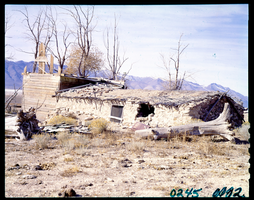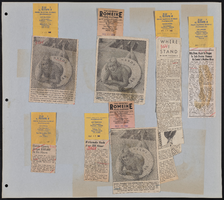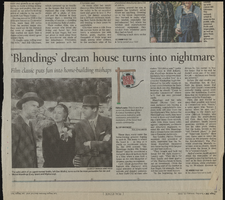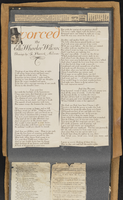Search the Special Collections and Archives Portal
Search Results

Photograph of Bill Braire and Oran K. Gragson standing in front of the stairs to TWA flight 819, circa 1960s
Date
Archival Collection
Description
Image

Film transparency of the Old Buck Station, Newark Valley, Nevada, 1955
Date
Archival Collection
Description
Image

Film transparency of the Old Buck Station, Newark Valley, Nevada, 1955
Date
Archival Collection
Description
Image

Letter and envelope from Aggie Herrick, Ogden, Utah to Mary Etta Syphus, Provo, Utah
Date
Archival Collection
Description
From the Syphus-Bunker Papers (MS-00169). The folder contains an original handwritten letter, an envelope, a typed transcription of the same letter, and a copy of original letter attached.
Text
Harmon, Harley, 1882-1947
Harley A. Harmon was born in 1882 in Wier City, Kansas. His father, Elmer Harmon, was an attorney who moved the family to Los Angeles, California when Harmon was nine years old. In 1903, Harley A. Harmon unsuccessfully ran for Los Angeles City Clerk. In 1905, Harley A. Harmon joined the Union Pacific Railroad as an engineer and drove one of the first construction trains to Las Vegas, Nevada, where Harley A. Harmon was stationed in 1908.
Person





